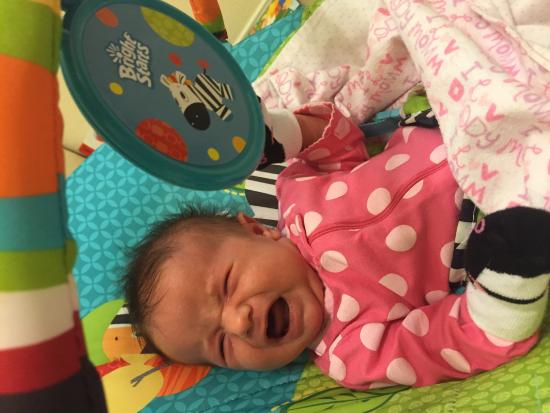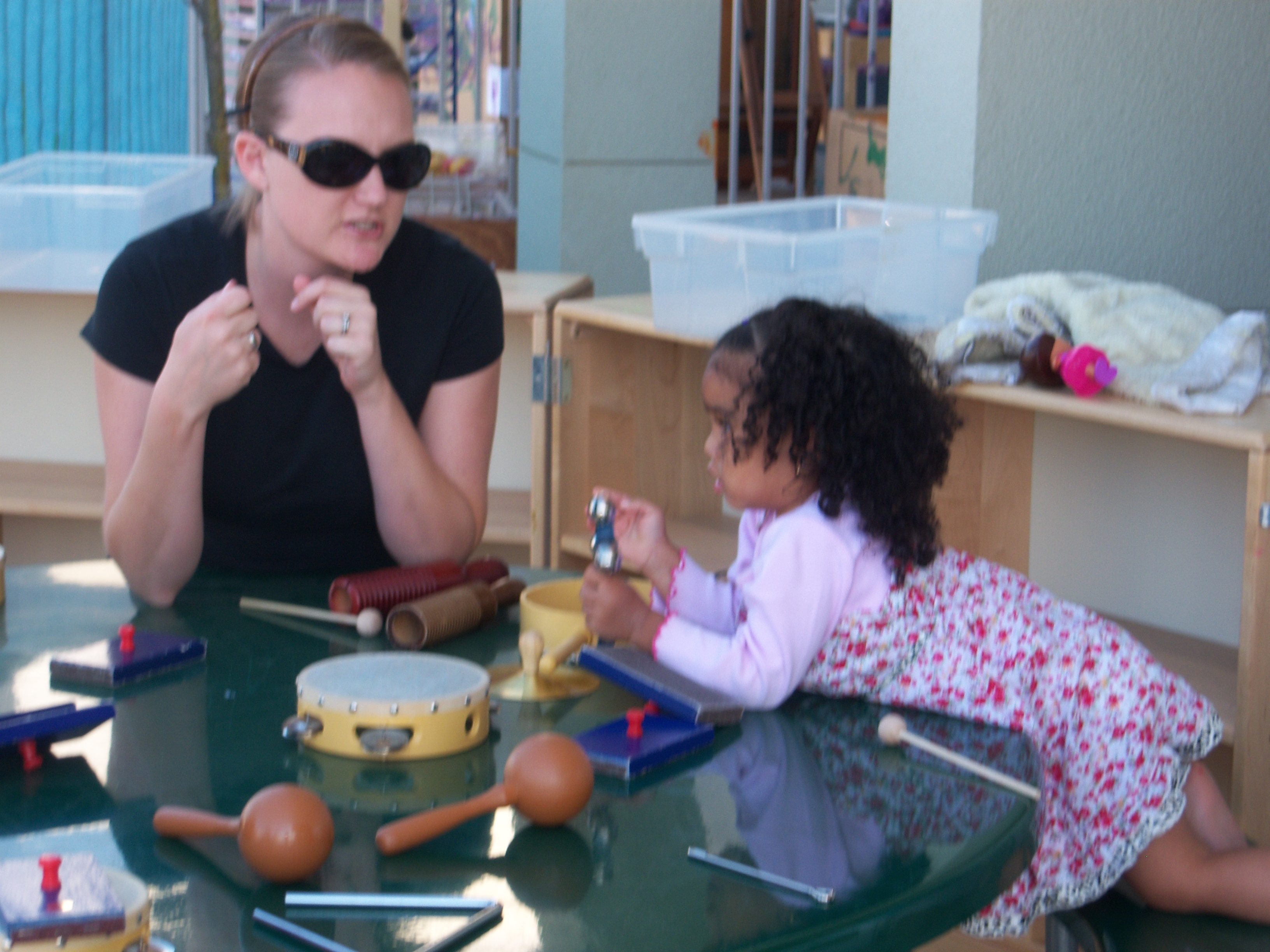15.15: Social Understanding and Self-Awareness
- Page ID
- 140955
Understanding and Awareness
Emotions are expressed both verbally through words and nonverbally through facial expressions, voices, gestures, body postures, and movements. People constantly express emotions when interacting with others, and others can reliably judge those emotional expressions (Elfenbein & Ambady, 2002; Matsumoto, 2001). Emotions have signal value to others and influence those around us and our social interactions. Emotions and their expressions communicate information to others about our feelings, intentions, relationship with the target of the emotions, and the environment. Because emotions have this communicative signal value, they help solve social problems by evoking responses from others, signaling the nature of interpersonal relationships, and providing incentives for desired social behavior (Keltner, 2003). [1]

A parent’s belief that emotions are valuable rather than dangerous correlates to their child’s ability to recognize their parents’ emotional facial expressions (Castro et al., 2014). Avoiding emotional expression may create a more impoverished environment for the child to practice their developing emotion-relevant skills (Dunsmore et al., 2009). Additionally, families who avoid talking about emotions with their child (due to a belief that emotions are dangerous) do not help the child acquire the conceptual knowledge necessary for learning how to differentiate between different emotional facial expressions.[2]

Remarkably, young children begin developing social understanding very early in life. Before the end of the first year, infants are aware that other people have perceptions, feelings, and other mental states that affect their behavior and are different from the infant’s mental states.[3]
Emotion is displayed through a variety of mechanisms. In addition to facial expressions, tone of voice, behavior, and body language all communicate information about emotional states. Body language is the expression of emotion through body position or movement. Research suggests that we are sensitive to the emotional information communicated through body language, even when we're not consciously aware of it (de Gelder, 2006; Spielman, 2020; Tamietto et al., 2009).
Although developmental scientists once strongly believed infants are egocentric—focused on their own perceptions and experience—they now realize the opposite is true. Infants at an early stage are aware that people have different mental states (Wellman, 2011). This motivates them to figure out what others are feeling, intending, wanting, and thinking, as well as how these mental states affect others’ behavior. Infants are beginning to develop a theory of mind, and although their understanding of mental states begins simply, it expands rapidly (Wellman, 2011). For example, suppose an 18-month-old watches an adult repeatedly try to drop a necklace into a cup but fail each time. In this case, the child will immediately put the necklace into the cup himself, completing what the adult intended to do but failed to accomplish. In doing so, the child reveals his awareness of the intentions behind the adult's behavior (Meltzoff, 1995). Carefully designed experimental studies have shown that, by late preschool years, young children can understand that another's beliefs can be incorrect, memories can affect how you feel, and emotions can be hidden from others (Wellman, 2011). Social understanding grows significantly as children's theory of mind develops.4]
How do these achievements in social understanding occur? One answer is that young children are compassionate observers of other people. They make connections between their emotional expressions, words, and behavior to derive simple inferences about mental states (Gopnik, Meltzoff, & Kuhl, 2001). Some scientists believe that infants are biologically prepared to perceive people uniquely, as organisms with an inner mental life, which facilitates their interpretation of people's behavior regarding those mental states (Leslie, 1994; Thompson, 2021) This is especially likely to occur in relationships with people the child knows well, which supports the ideas of attachment theory. Growing language skills give young children words with which to represent these mental states, such as “mad” or “wants”, and talk about them with others. Thus, in conversation with their parents about everyday experiences, children learn much about people's mental states from how adults talk about them ("Your sister was sad because she thought Daddy was coming home.”) (Thompson, 2006b). Developing social understanding is based on children's everyday interactions with others and their careful interpretations of what they see and hear.[4]

[1] Hwang, H. & Matsumoto, D. (2021). Functions of emotions is licensed CC BY-SA
[2] Lindquist, K. A., MacCormack, J. K., & Shablack, H. (2015). The role of language in emotion: predictions from psychological constructionism. Frontiers in psychology, 6, 444. CC BY
[3] Thompson, R. (2021). Social and personality development in childhood is licensed under a CC BY-NC-SA
[4] Social Understanding by Paris, Ricardo, Raymond, & Johnson is licensed CC BY 4.0
[5] Image by Nina Kuchkovskiy is licensed CC BY-NC
[6] Image by Amanda Taintor is licensed CC BY-NC

